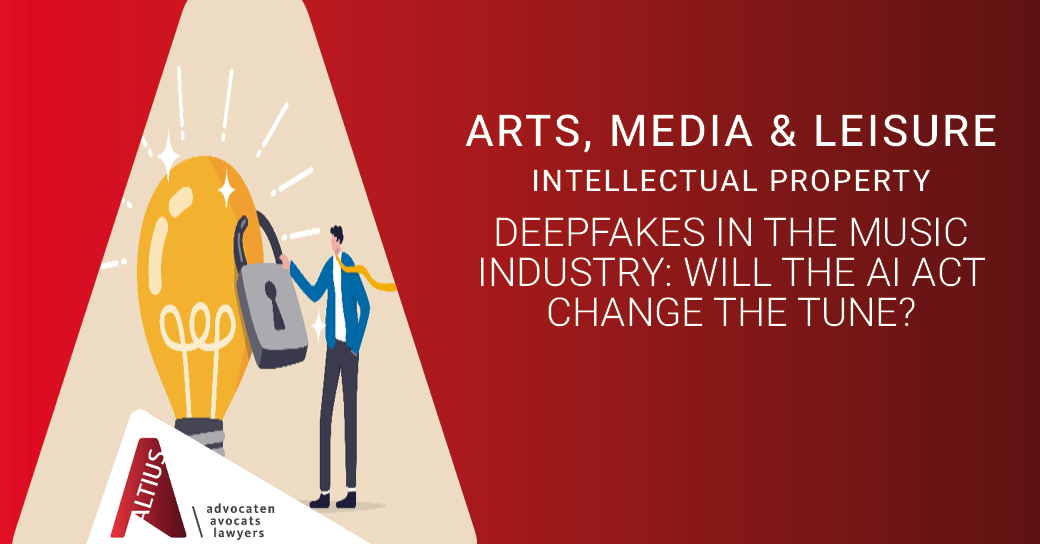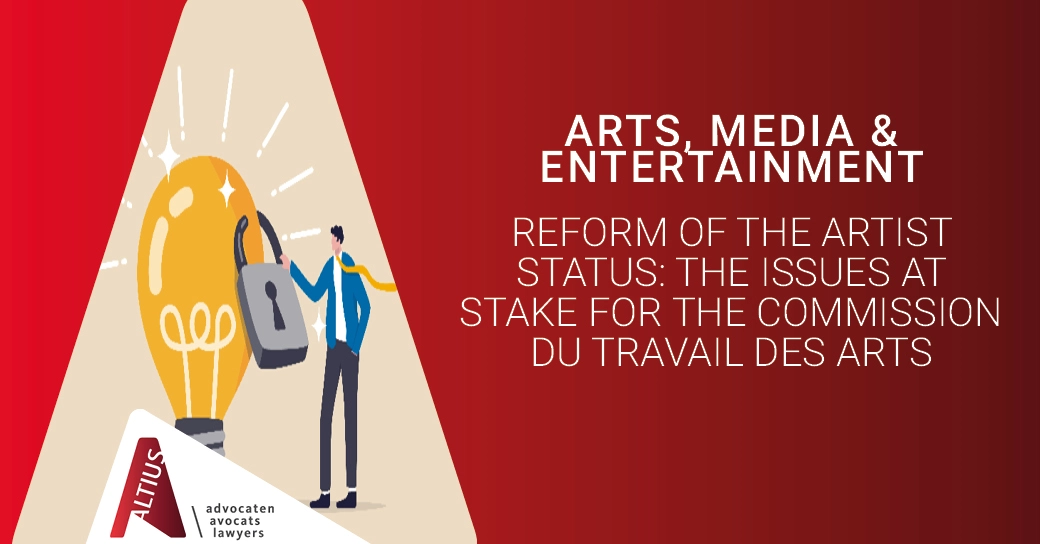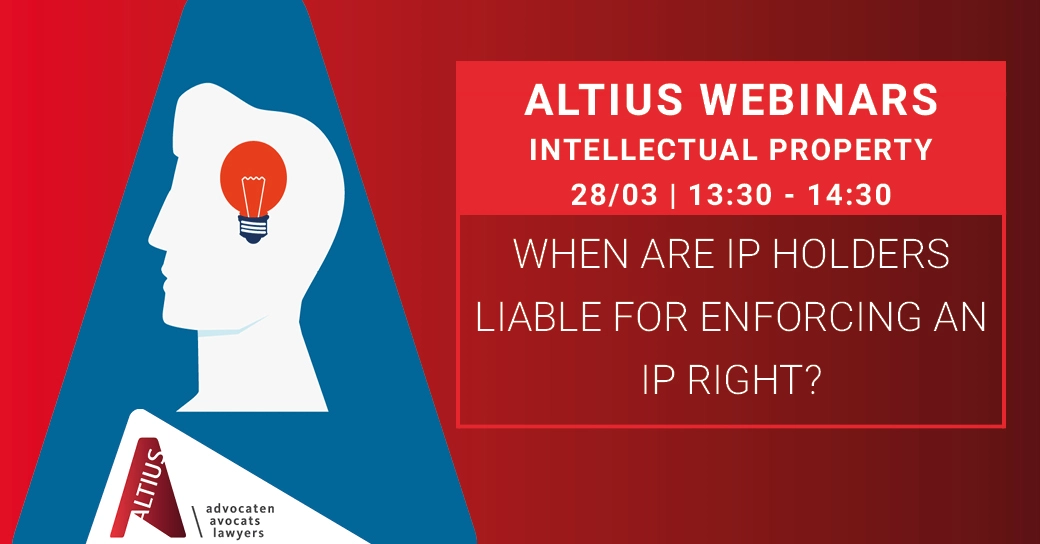The authors of Ravel’s Boléro: Towards a revival of copyright in the Basque composer’s masterpiece?

Ravel’s most famous score officially became free of rights on 1 May 2016. However, the civil court of Nanterre might soon decide that it is to return to the private domain.
A blog about Maurice Ravel on Valentine’s Day? No doubt we’ll be talking about Daphnis et Chloé or Don Quichotte à Dulcinée? Well, no. It’s obviously the Boléro that this post is about. The chef-d’oeuvre of the French composer is at the centre of a high-profile trial, the first hearing of which is scheduled to take place today before the Tribunal de Grande Instance in Nanterre. At issue is the possible reinstatement of this essential score in the private domain.
The work’s genesis
Boléro needs no introduction. Ravel himself said of this work that it was “a piece that Sunday concerts would not pick up”. History has proven him wrong, to say the least. If its success (commercial and otherwise) is anything to go by, no score is more emblematic of the music of the first half of the 20th century than this one, with the possible exception of Samuel Barber’s Adagio for Strings. Just a few years ago, Ravel’s masterpiece could be heard somewhere in the world every quarter of an hour.
But few people remember that Boléro was originally a ballet. It was premiered as such at the Opéra Garnier in Paris on 22 November 1928 by its commissioner: the prima ballerina of the Ballets Russes, Ida Rubinstein. For the premiere, Ravel enlisted the services of Bronislava Nijinska for the choreography and Alexandre Benois for the costumes and sets.
When he composed the music for Boléro, Ravel had less than ten years to live but still had many works to write, which were so overshadowed by Boléro’s unexpected success that Ravel himself ended up getting annoyed: “My masterpiece? Boléro, of course! Unfortunately, it is devoid of music”, he wrote to his fellow composer Arthur Honegger in or about 1934.
Ravel’s estate
The composer’s inheritance is a saga that fans of ‘juicy’ trivia love to rehash. When Maurice Ravel died, he had only one heir: his brother, Édouard. Also childless, Édouard made his hairdresser, Jeanne Taverne, his universal legatee. When she died, it was her husband, Alexandre Taverne, who inherited her property – including, therefore, the copyright to Ravel’s works. Next in line was Georgette Lerga, Taverne’s manicurist and second wife. She in turn passed away, leaving her fortune to her daughter, Évelyne Pen de Castel, who now controls 90% of Ravel’s copyrights, with a Monegasque company owning the remaining 10%. Because of the (admittedly unusual) circumstances surrounding Ravel’s estate and the astronomical sums involved, Évelyne Pen de Castel is regularly the subject of smear campaigns in the media. They do little honour to those who launch them because, despite what the tabloid press and the teasing title of the documentary “Who stole Ravel’s Boléro” suggest, Ravel’s heirs have not stolen anything.
The phantoms of the soap opera
To date, Sacem, the French Society of Authors, Composers and Music Publishers, which is responsible for collecting royalties for Ravel’s beneficiaries who are members, recognises only one author of Boléro: the illustrious composer himself.
Ravel’s most famous work officially entered the public domain on 1 May 2016. Ravel died on 28 December 1937. In Europe, the term of copyright is currently 70 years from the death of the author (until a European directive of 29 October 1993 came into force on 1 July 1995, it was 50 years). In some countries, this period is extended by “war laws” to compensate authors or their heirs for loss of income during the two world wars. Certain provisions also grant an additional extension (in France, this is 30 years) when the author’s death certificate proves that he or she died for the Fatherland/Motherland. In Ravel’s native country, works published during the inter-war period that had not yet fallen into the public domain on 3 September 1919, including the Boléro, thus benefited from an additional term of protection of 8 years and 120 days under these laws. This period corresponds to the time elapsed between the start of the Great War and 31 December 1920 (the end of the year following the signing of the Treaty of Versailles). For works published before 1919 and not in the public domain by 1941, an additional period corresponding to the time between 3 September 1939 (France’s declaration of war on Germany) and 1 January 1948, i.e. 6 years and 152 days, is added to this extension. This explains why Maurice Ravel’s works published or created before the two world wars, such as Daphnis et Chloé, Ma Mère l’Oye and Le Tombeau de Couperin, only entered the public domain in 2022 .
So, in 2016, the Boléro became royalty-free. At least until further notice. For, in 2018, the six heirs of painter and decorator Alexandre Benois asked Sacem to recognise Benois as a co-author of Boléro. A little later, Maurice Ravel’s estate also requested that the choreographer, Bronislava Nijinska, be recognised as a co-author.
An intrepid ‘ghostbuster’, Sacem refused to listen to the demands of Benois and Ravel’s heirs, as there was, in its view, no evidence whatsoever that Benois or Nijinska had taken any part in the composition of the musical work itself. Dissatisfied, the Benois estate brought Sacem to court. The Ravel estate joined the case to support its claims. As for Nijinska’s successor, the Texan, George Raetz, he refused to take part in the lawsuit. But the Ravel estate forced him to join the case by means of a “writ of forced intervention”.
What is a stake?
If Sacem were to lose this case, then Boléro would return to the private domain until 2039, or even 2051: after all, Benois did not die until 1960, and Nijinska twelve years later. Now, supposing that Boléro were to be considered a “collaborative work” (not only as a ballet but also as a musical work), as the heirs of Benois and Ravel claim, the term of copyright protection for this work would then have to be calculated from the death of the last surviving co-author.
In addition to the recognition of Benois and Nijinska as co-authors of Boléro, the claimants in the Nanterre trial are claiming damages from Sacem for loss of profits. It is a fact that, since 1 May 2016, Boléro has been increasingly performed around the world (a film named after the score’s title, directed by Anne Fontaine, is also due to be released in cinemas on 6 March 2024). However, Ravel’s and Benois’ heirs have said that none of the musicians who have performed Boléro since 2016 without paying royalties will be sued.
According to the French magazine Le Figaro, a return of Boléro to the private domain would represent a “bonus” in terms of copyright royalties of around 20 million euros.
Music historians and musicologists will no doubt ‘cross swords’ before the civil court in Nanterre to recognise or deny Benois and Nijinska as co-authors of Boléro. In the meantime, as the outcome of this trial approaches (at first instance, at least), it is looking more and more like the great instrumental crescendo that characterises Ravel’s masterpiece: while, throughout the work, new instruments are constantly being added to the previous ones to take over the two themes of the score, the same seems to be happening in this legal saga, which has recently seen new alleged co-authors ‘enter the dance’ at regular intervals.
The first instance judgment is expected on 24 June 2024.
For further questions, please contact Olivier Vrins.
Written by
Recommended articles
Deepfakes in the music industry: Will the AI Act change the tune?
The emergence of deepfake technology, particularly within the music industry, has sparked significant debate and concern. Deepfakes, which are synthetic media generated using AI to replicate and/or manipulate a known artist’s likeness and/or voice, have the potential to revolutionise the music industry.
Read onReform of the artist status: The issues at stake for the Commission du Travail des Arts
This ambitious reform aims to guarantee better access to social protection for cultural players, while responding to their realities and diversity.
Read onWEBINAR VIDEO | When are IP holders liable for enforcing an IP right?
During this IP Update, Sofie Thijssen and Kirian Claeyé revisit when IP holders may be held liable for enforcing provisional measures based on their IP right.
Read on


